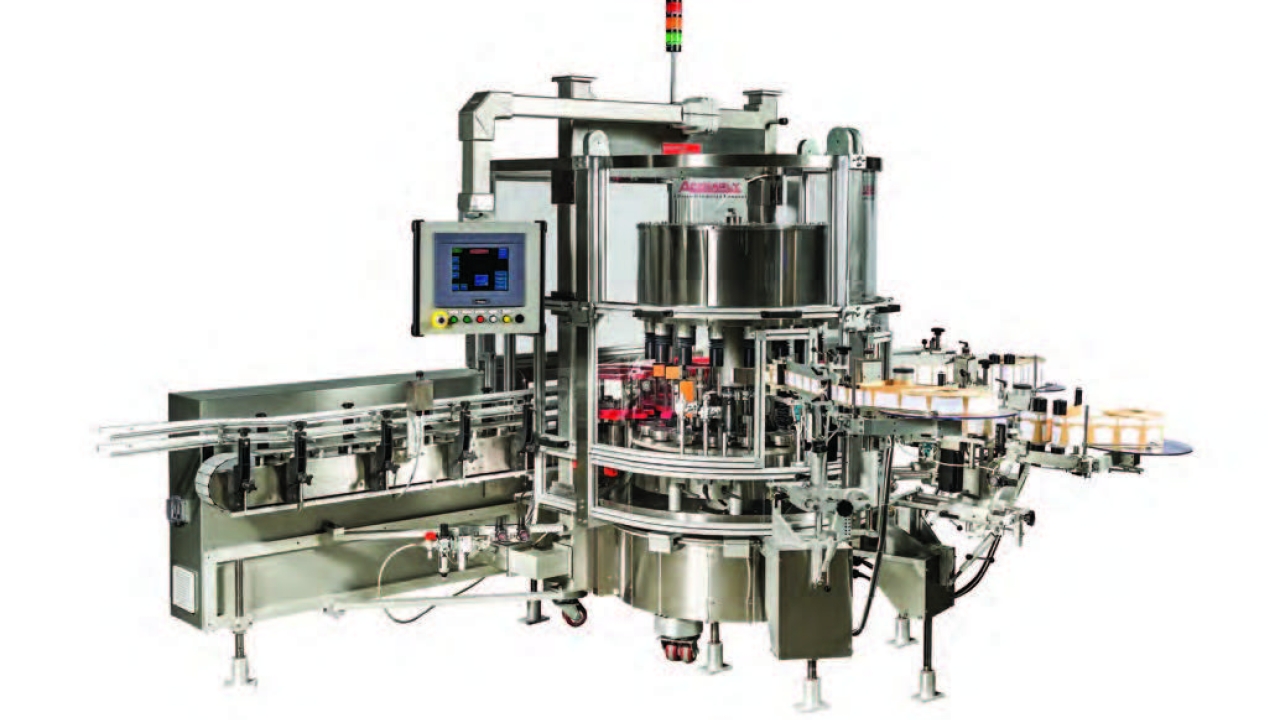Understanding label applicator performance

Read almost any issue of the industry’s label and packaging magazines and many of the features and news items are about more sophisticated presses, developments in pre-press and plates, production performance and print quality – everything from wider and faster machines to improved resolution, enhanced color control and measurement, quick change-over or registration accuracy.
While all these factors are critical from the customer’s acceptance of the look, appeal and quality of the finished labels, they must nevertheless still all perform accurately and without problem on the application line. Yes, there are millions of pressure-sensitive labels satisfactorily applied to all kinds of products and shapes every year, but there are undoubtedly some occasions when things go wrong on the application or packaging line ‒ and these problems are frequently not related to the printing itself.
For example, labels may not dispense properly from the liner or start to dispense in the wrong place, there may be web breaks, labels may not adhere properly to a surface or shape, the labels may wrinkle or form ridges, or a label might tear or bulge. Other problems might include the label peeling, curling or lifting at the edge; even falling off.
Most of these kinds of problems are spotted when they occur at the point of application. Some of these issues can be down to label customer and label usage point of application issues, such as poor label reel handling, reel changeover or set-up downtime, label storage issues, or even problems on the applicator line itself.
However, recent studies have indicated that almost 50 percent of current pressure-sensitive quality faults that result in applicator/packaging line downtime are related to the converting process rather than the actual printing, particularly with Glassine or Kraft liners. In general, the faults detected are commonly related to:
• Either, the nature and type of pressure-sensitive material (face, adhesive or liner) being used, particularly in not correctly matching the face material or adhesive to the end-user application requirement
• Or, to the label converting process, particularly die-cutting, missing labels, edge nicks, matrix waste not removed, incorrect rewinding tension, handling, storage and shipping.
So let’s look at and examine some of these possible label application problem areas in rather more detail so as to determine what label applicator problems the faults may lead to and at what is the most likely cause.
Matching label material to application
Stay up to date
Subscribe to the free Label News newsletter and receive the latest content every week. We'll never share your email address.

